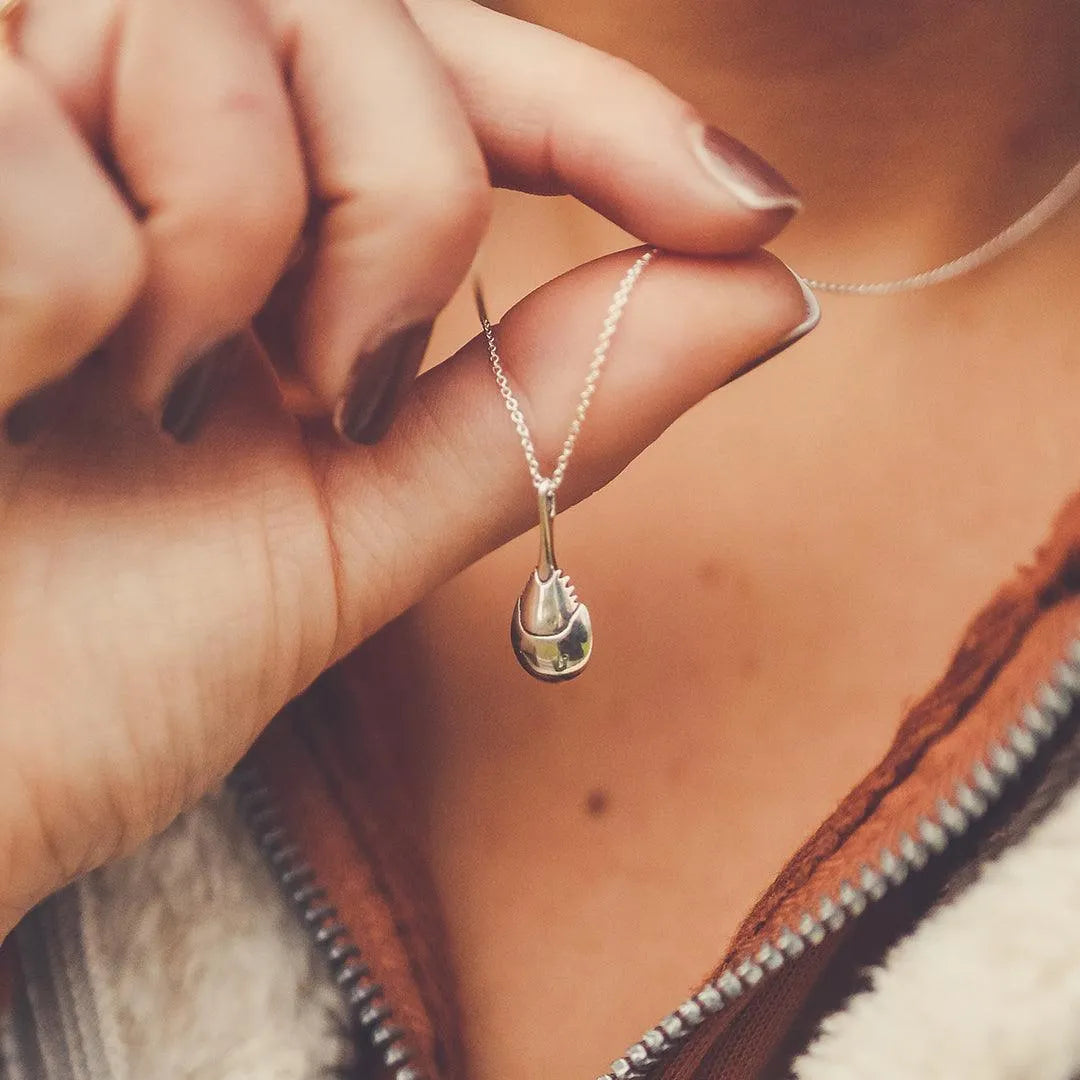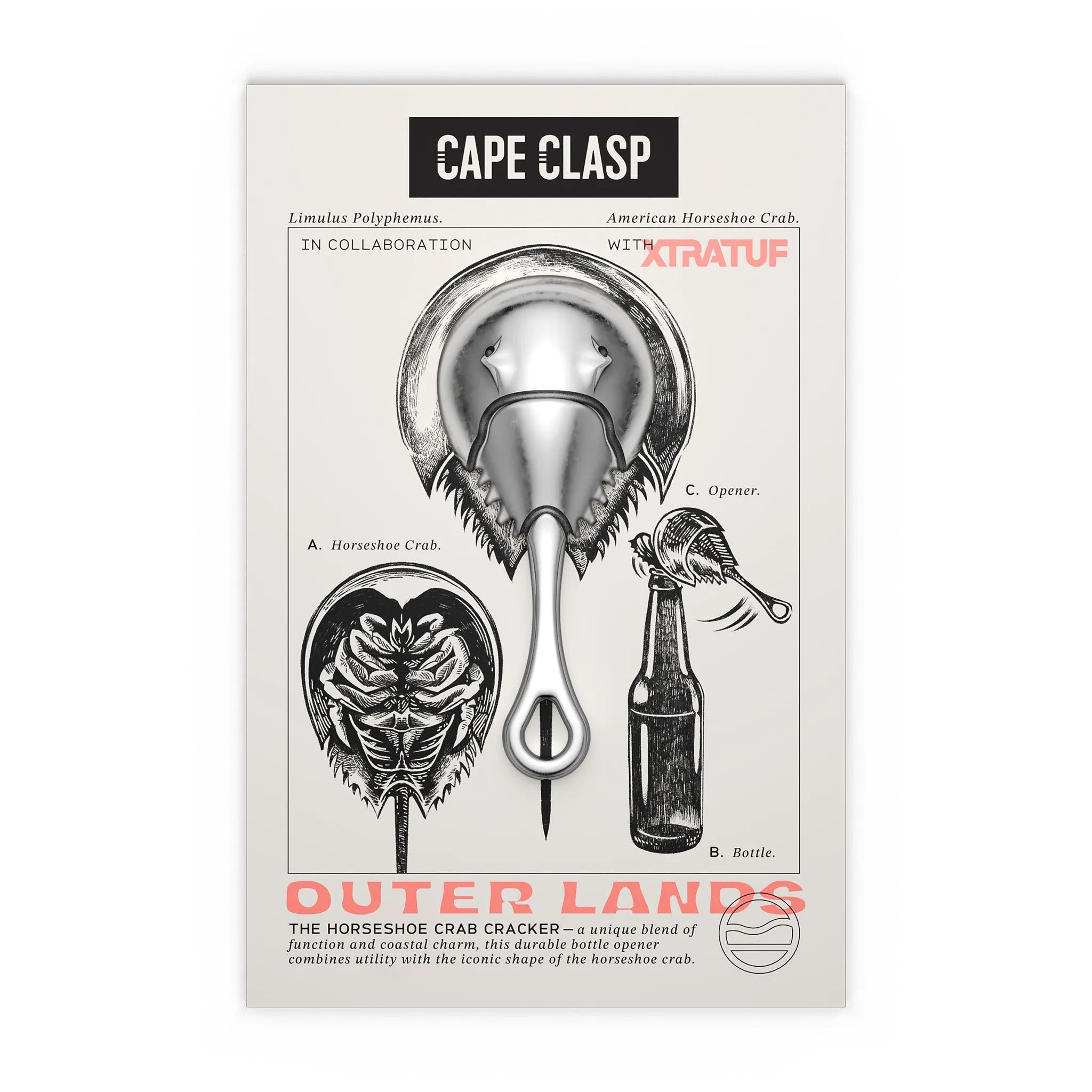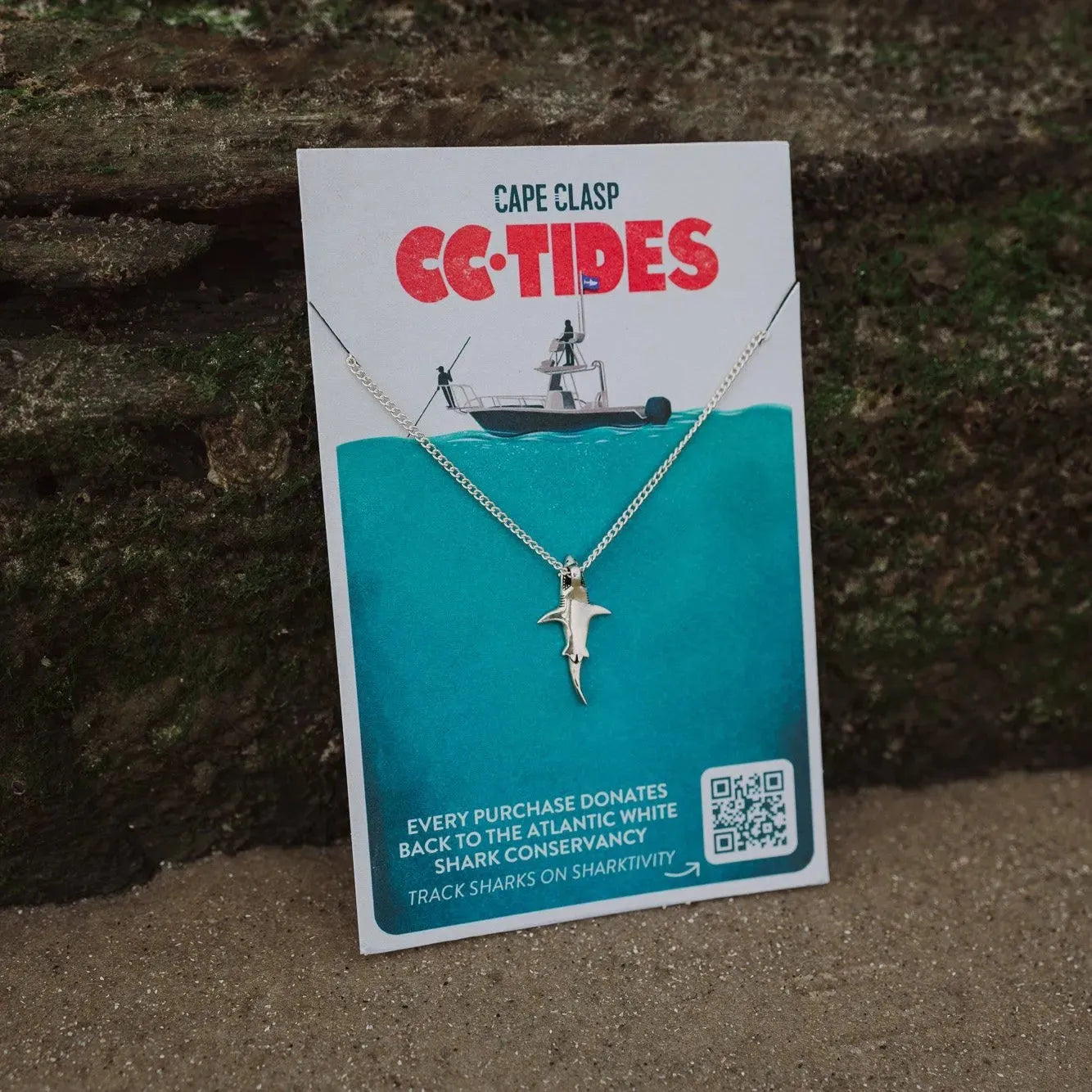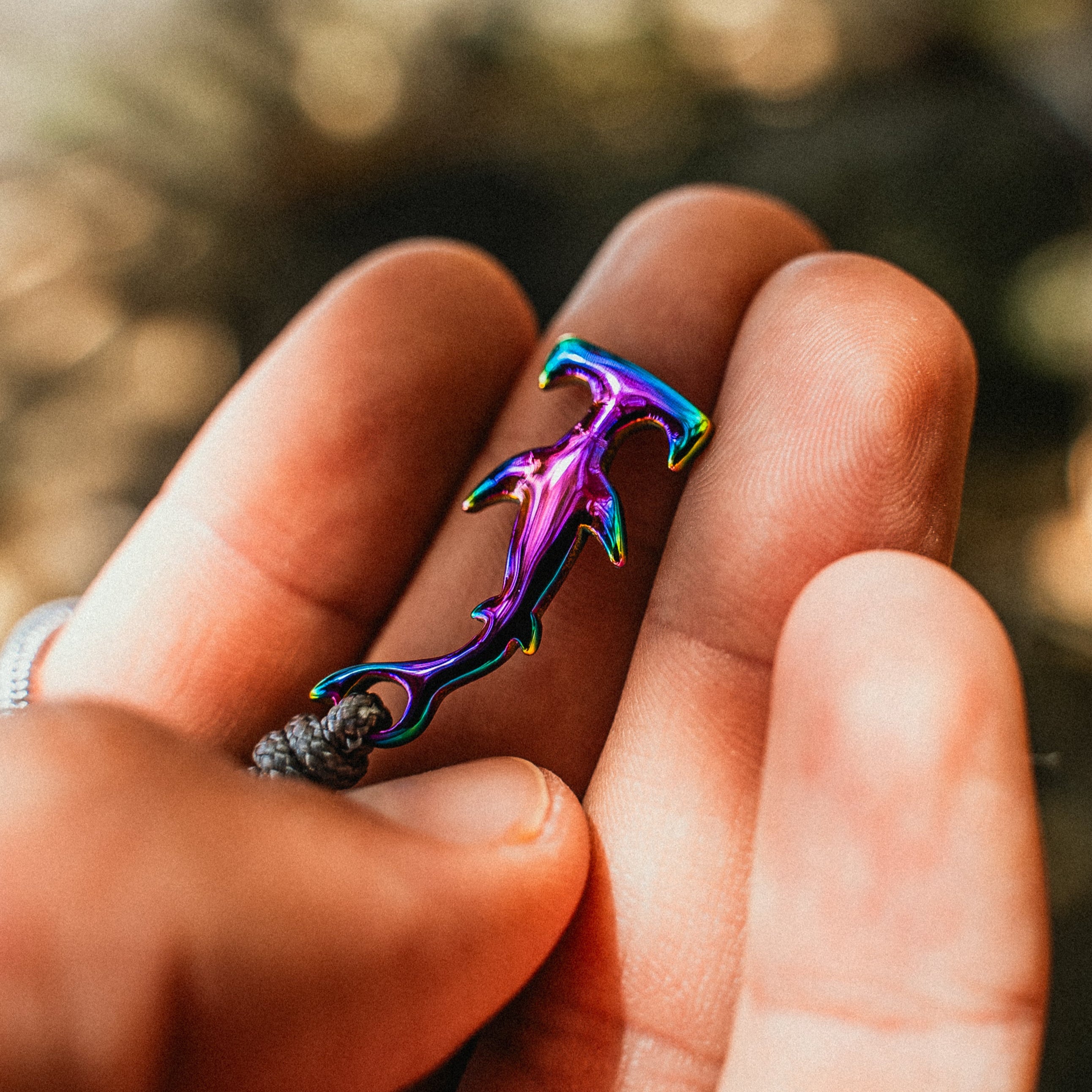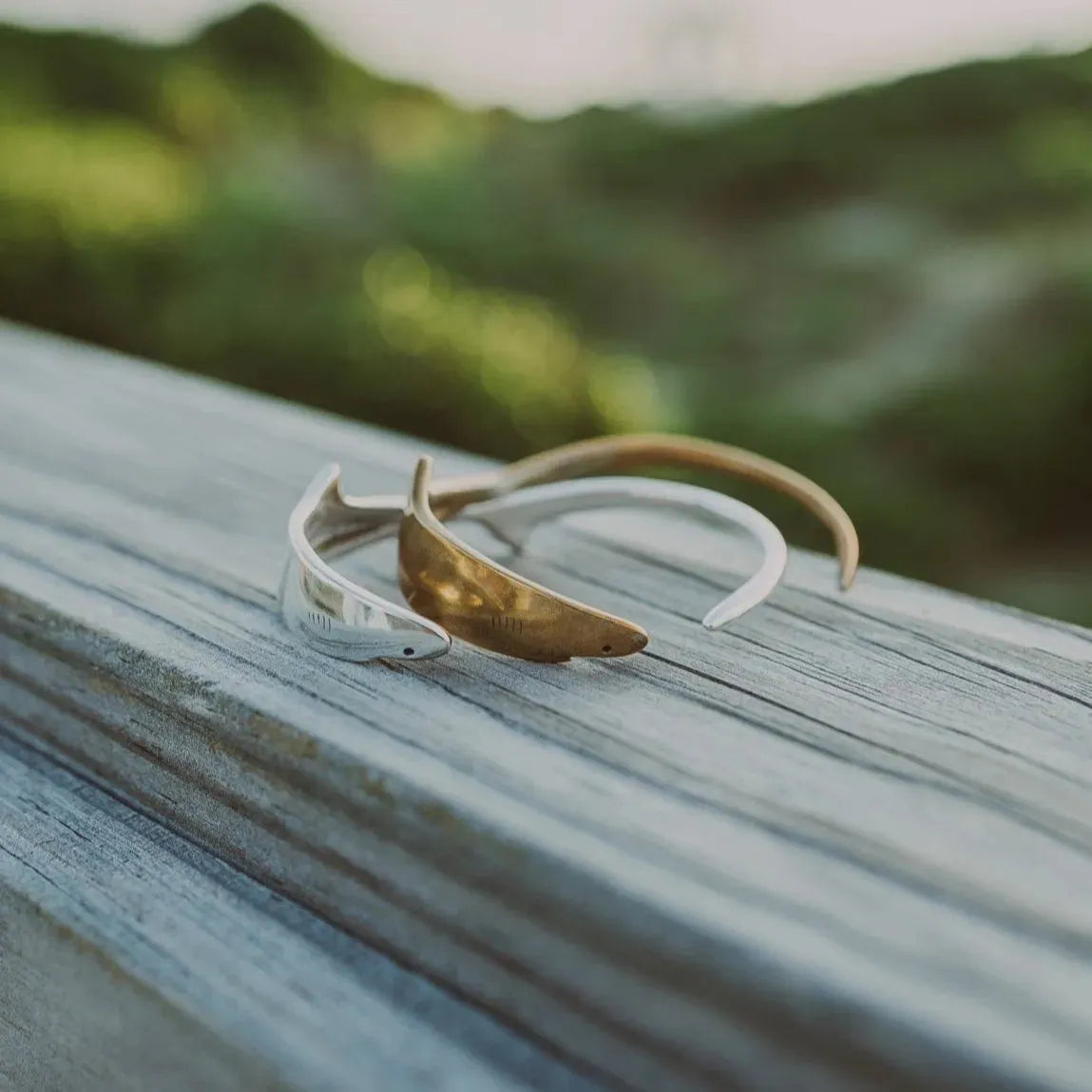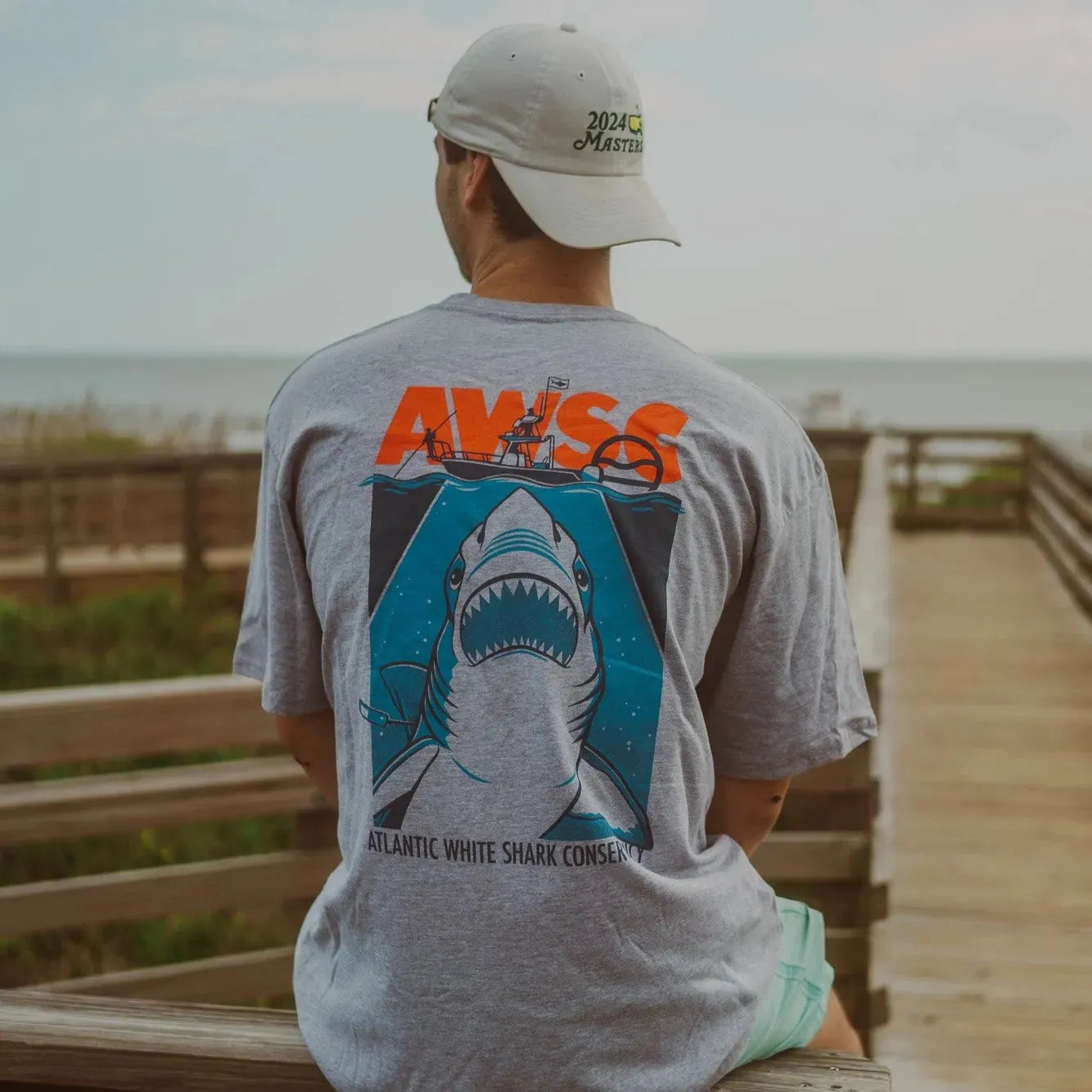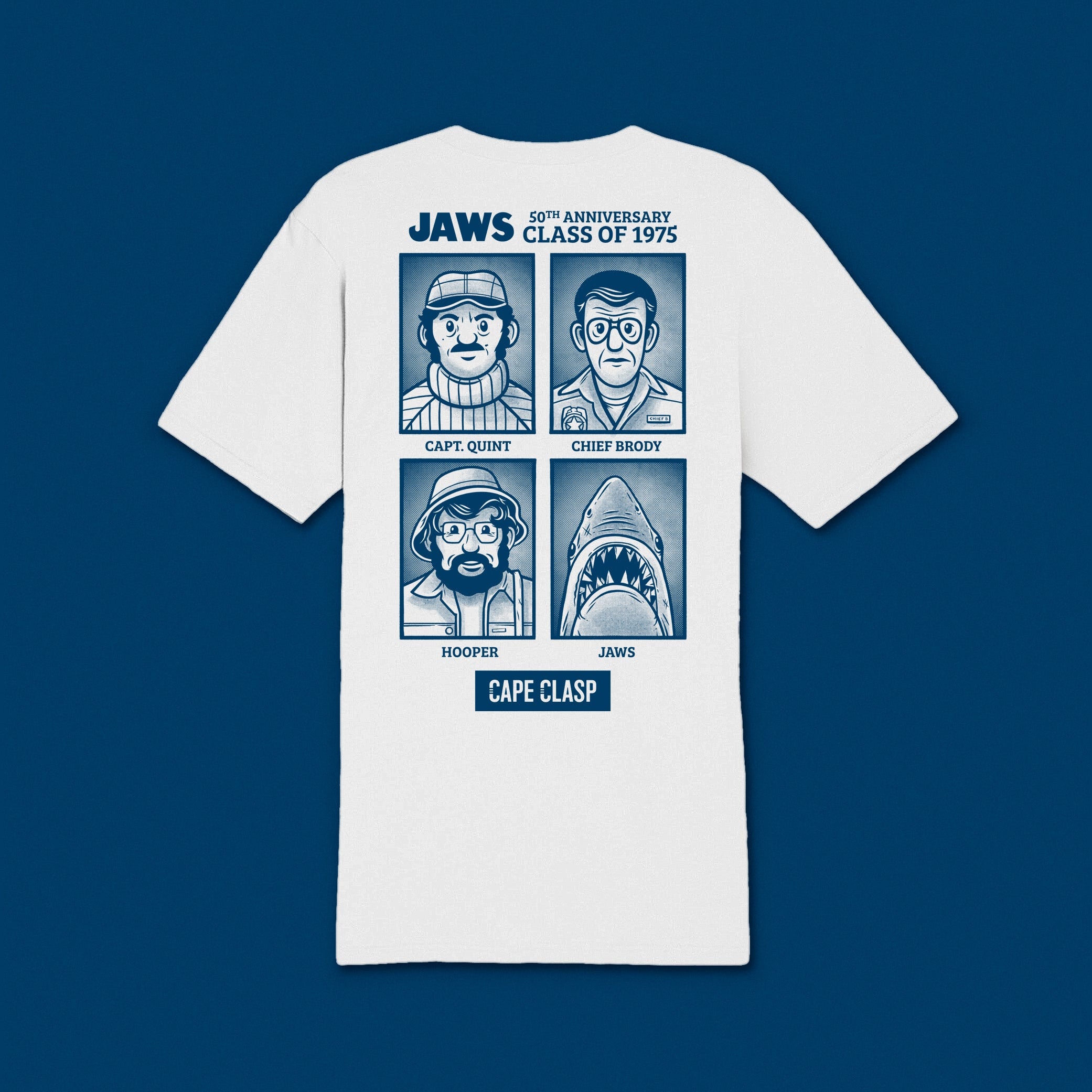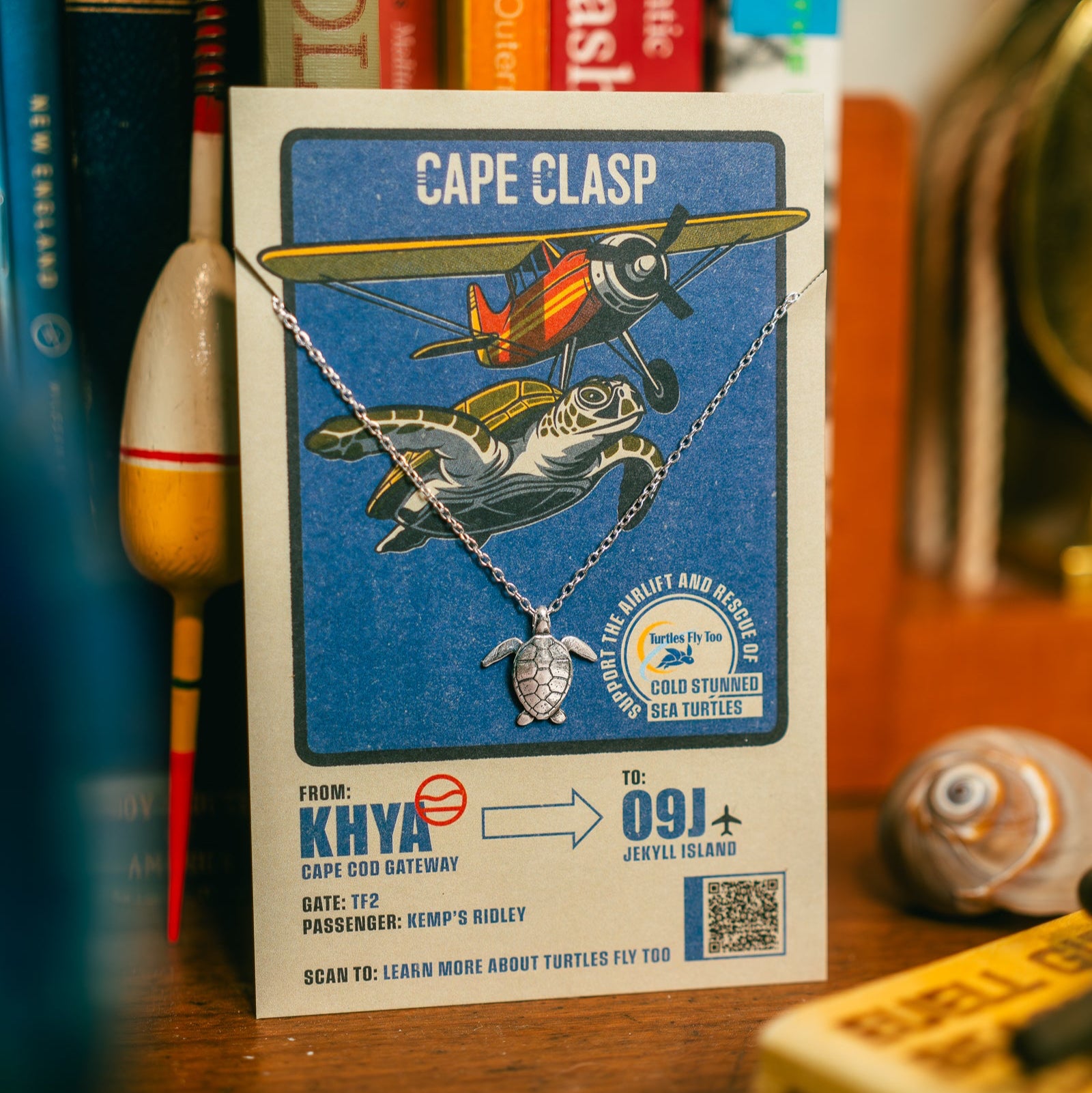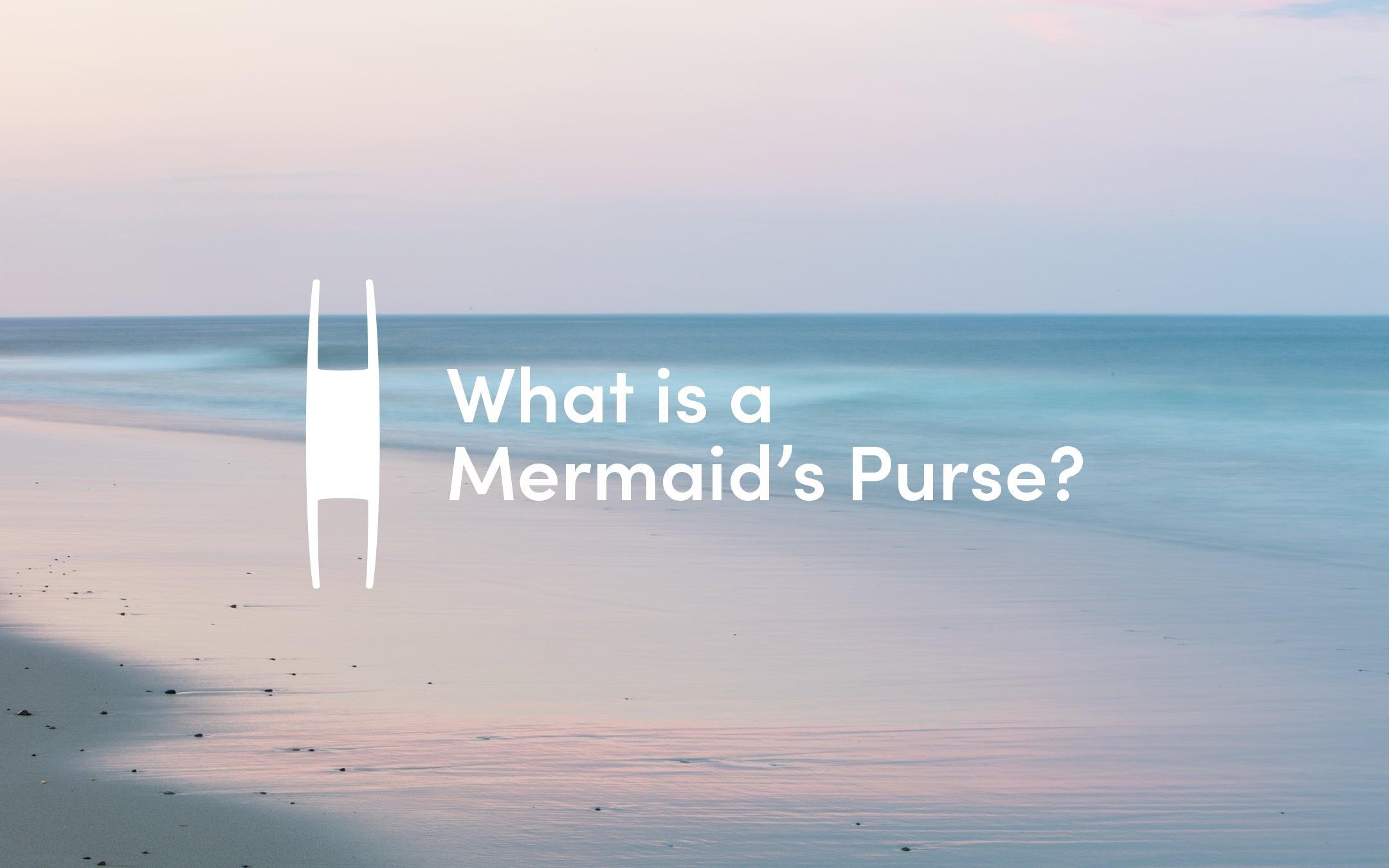
What is a Mermaid's Purse? (Hint: not a handbag...)
When people hear the expression "mermaid's purse", they may, naturally, visualize a type of fashion accessory used by these legendary half-woman, half-fish creatures.
In reality though, mermaid's purses are actually the egg cases of sharks and skates (flat fish that are very similar to manta rays, but with no spine and a fleshier tail). We know what you’re thinking; “C’mon Cape Clasp, not all sharks lay eggs!”, and you’re right! With the incredible variety of shark species, it’s no surprise that they've each developed very different reproductive cycles, and with that, their own way to deliver their babies. Before we get to the Mermaid’s Purses, let’s talk how those shark/skate babies got there.

Types of Reproduction:
Depending on the species; sharks, skates and rays can reproduce in one of three ways.
- Viviparous species give birth to live, fully formed baby sharks or pups that develop inside the mother in a placenta, much like mammals. If you ever see a baby Bull Shark, Lemon Shark, or Blue Shark - check for belly buttons! They are often visible in young pups. (But don’t get too close!)
- Ovoviviparous species develop in eggs which remain inside the mother for protection until the pups hatch. These species include Great White Sharks, Nurse Sharks, Tiger Sharks and rays.
- Oviparous species lay a large number of eggs in a safe place to protect them from predators. The eggs provide the nutrients and protection that the pups need. These species tend to be bottom dwellers, like the Zebra Shark, Epaulette Shark, or Horn Shark. Our friends the skates are oviparous too.
There's even been a few cases of parthenogenesis or "virgin birth" recorded in female sharks living in captivity. Through this form of reproduction, an embryo develops solely from the mother, without any fertilization by the male's sperm. Isn’t the animal kingdom wild?
Mermaid's Purse:
Now that we’ve talked about the different types of reproduction, we can talk egg… cases! These egg cases are made of collagen (the protein in your body that gives it structure) strands and filled with a yolk-like jelly that nourishes the shark/manta/skate as it grows. A mermaid’s purse tends to have slits on the side so that water can flow through for the baby to be able to breathe. The egg capsule also has tendrils that help anchor the egg in place so that it's not carried away by the currents or any surge.
When the pup is large enough, it will hatch and leave the egg. And once the pup leaves it’s “nest”, we’re left with the shell that is easily carried by ocean currents. These mermaid’s purses often end up washed up on the shore, and develop a leathery texture when they dry (and are often mistaken for seaweed). This may have been why a beach-goer first found one and thought that the hollow, capsule-like leathery object with handle-shaped ends was mistaken for a mermaid’s handbag!

Animals and their Mermaid’s Purses:
- A skate’s purse will typically have tendrils shaped like a pair of horns at either end of the capsule adapted to help anchor the eggs to sandy bottoms or soft sediment.
- The chimeras, sometimes known as Rat Fish or Rabbit Fish, are relatives of sharks and rays that live in the deepest parts of the ocean. Their egg cases are bottle-shaped, with feathery-looking fins down each side.
- Catsharks tend to lay their eggs in areas with plenty of seaweed, which is why their mermaid's purses have long, curly tendrils that easily get tangled up in the seaweed and secure the egg in place.
- One of the strangest-looking mermaid purses belongs to the species of sharks that lay eggs on rocky bottoms. These eggs are shaped like a corkscrew to make it easier for them to be wedged into rock crevices and avoid being swept away. These species include the Port Jackson Shark in Southern Australia or the Horn Shark found in the Western Coast of the United States.
Some other distinctive mermaid's purses are those of the Australian Swellshark that are frilled and have a beautiful bright orange-yellow shade. Or the Puffadder Shyshark found in South Africa's kelp forests. This type of Catshark has very characteristic-looking striped egg cases.

Finding Mermaid’s Purses:
Once an egg hatches and the pup is born, the empty egg cases no longer have anything keeping them anchored to their location. This is why egg hunters tend to find them at the top of the high tide mark or in the rock pools left at low tide (in the same places where seaweed typically accumulates), because they come in with the current!
We can spot them all year round and on pretty much every coastline of the world, which is why through "citizen science," conservation organizations encourage people to record their mermaid's purse findings to help marine biologists track data such as species' locations and population density.
Organizations like the South African Elasmobranch Monitoring give local budding marine biologists instructions on recording the sightings, identifying the species, and submitting their reports to be collected.
In fact, the Shark Trust in the United Kingdom has been recording citizen reports since 2003! The Shark Trust has become so popular that they’ve expanded their recordings to international waters and even have a phone app to help people submit reports on-the-go.
Underwater sightings are of great value, too. The Professional Association of Diving Instructors (PADI), that has more than 128,000 professional members around the globe, contributes to the Shark Trust egg hunt through their PADI AWARE Foundation.
A mermaid's purse found on the shore could have traveled a significant distance via ocean currents before it lands somewhere on shore. Scientists can gather information on where the eggs were originally laid by analyzing underwater findings through diver's photographs and records.
So, the next time you go to the beach, impress your fellow beach-goer by showing them that the piece of seaweed they’re looking at is actually an egg case! A day at the beach, dropping knowledge. Life doesn’t get much better than that.

You can support conservation efforts by checking out our Mermaid's Purse bracelets. For every purchase of the cuff, 15% of profits will support Atlantic White Shark Conservancy!

